Were purchased using the project funding:
Nanocalorimeter Flash DSC 1 (Mettler Toledo)
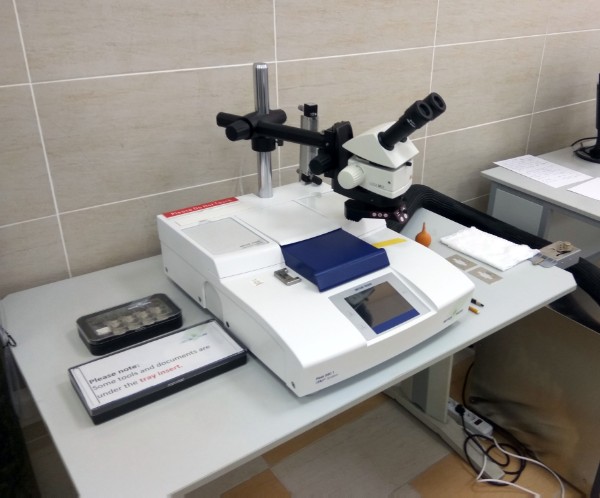 The
The
The heating rate is up to 2 400 000 K / min, the cooling is up to 240 000 K / min, the operating temperature range is -95 ... 450 o C. The mass of the analyzed sample is 10 ng ... 1 mcg.
Stereoscopic microscope Olympus BXFM
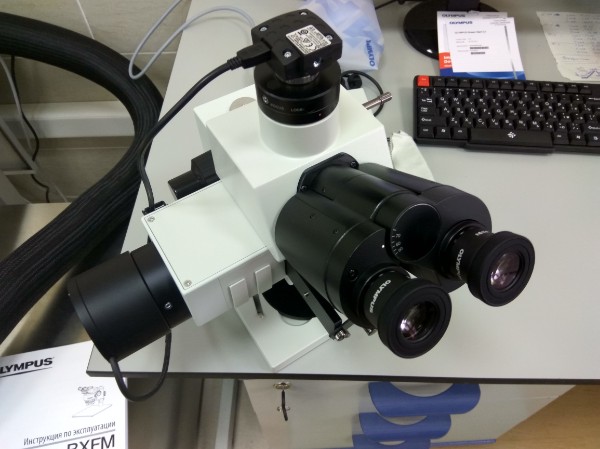
The following equipment of KFU is also available to the Laboratory staff:
Titration calorimeter TAM III
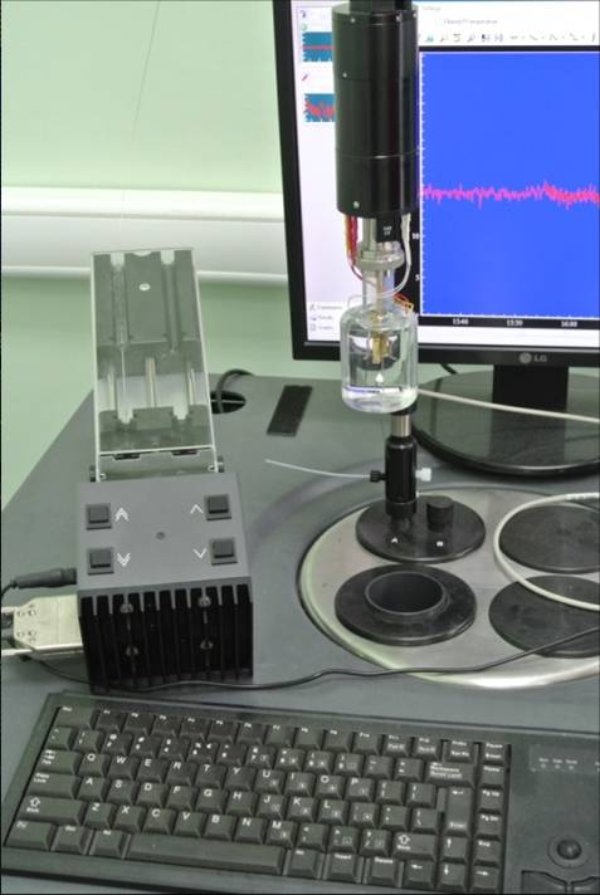
Measurement of dissolution heat, complexation for the study of complexation processes involving biomolecules, dissolution and intermolecular interactions in solutions.
Additional possibilities: measurement of heat capacities of solutions.
Precision nano calorimeter of heat flow NanoDSC (TA Instruments)
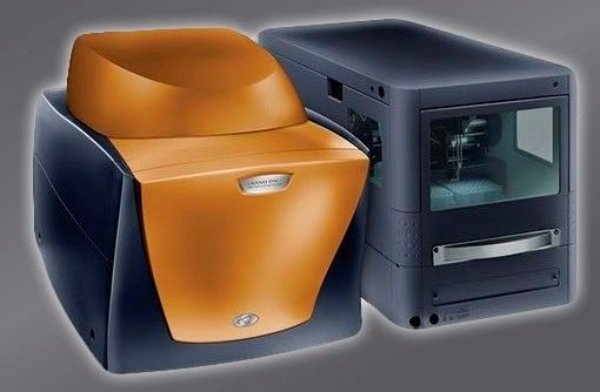
Precise determination of the thermal effects of denaturation and renaturation of biomacromolecules in solution, determination of reversibility of denaturation, determination of thermal effects in solutions in temperature scanning mode and isothermal regime.
Additional features: an autosampler supporting standard 96-cell tablets is connected to the device.
Combined TG-DSC thermal analyzer STA 449 C with quadrupole mass spectrometer QMS 403 C Aeolos (Netzsch)
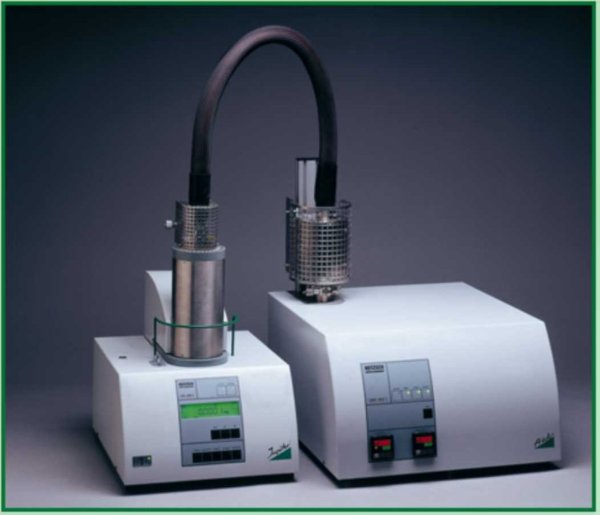
Temperature range: up to 1500 o C, heating rate 0-50 K / min, resolution 0.1 μg, maximum sample weight 5 g, noise DSC 0.5 amu.
Combined TG-DSC thermal analyzer Netzsch STA 449 F1 with quadrupole mass spectrometer QMS 403 D Aeolos (Netzsch)

Autosampler.
Differential Scanning Calorimeter of Heat Flow DSC 204 F 1 Phoenix (Netzsch )
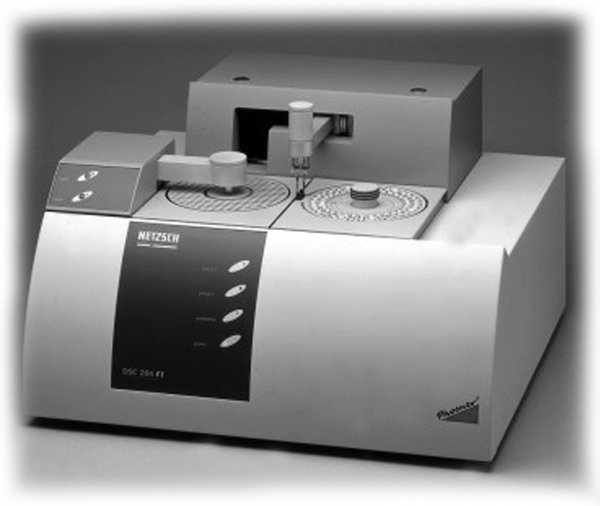
Measured values: heat capacity, thermal effect (heat, enthalpy) and melting point, crystallization, recrystallization, phase transitions, glass transition, chemical reactions
Objects of research: solid powdery compounds, including nanomaterials.
Atomic force microscope TITANIUM NT-MDT (Zelenograd, Russia)

In the microscope, two types of scanning heads are realized: a universal AFM head for working with one cantilever and Revolution HeadTM for working with cartridge-type probes. The microscope allows to carry out measurements using all the basic techniques of atomic force microscopy, and also in the HybridTM mode - a nonresonant oscillation technique with direct control of the probe-sample interaction force at each point of the image, which allows obtaining complex information about surface properties.
Scanning range: 100х100х10 microns.
In the undervoltage mode: 3х3х0.2 μm.
There is a sample holder with the possibility of heating up to 150 o C.
Agilent Cary Eclipse Fluorescence Spectrophotometer
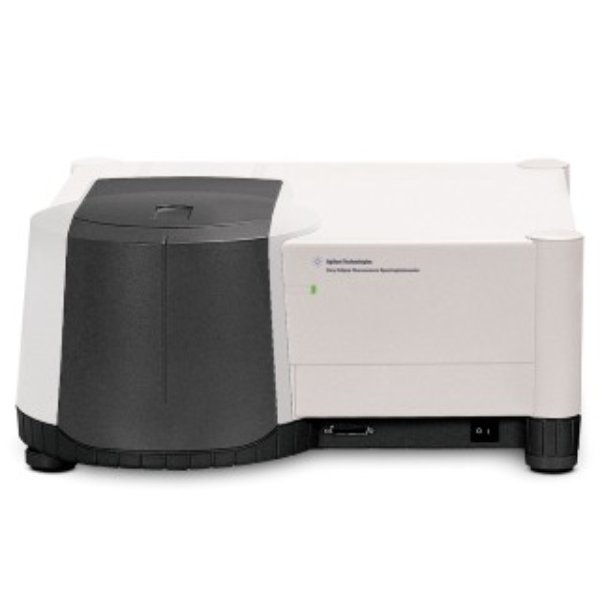
FTIR spectrometer Bruker Vertex 70
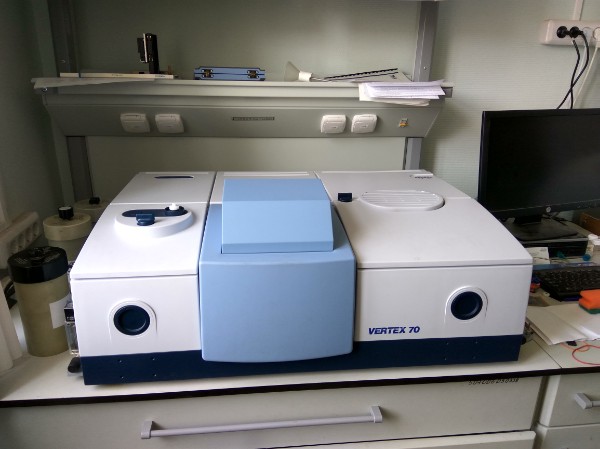
Measurement of IR spectra of solutions and solids in the range of: 6000 cm -1 ... 80 cm -1
The Jasco J-1500 Circular Dichroism Spectrometer
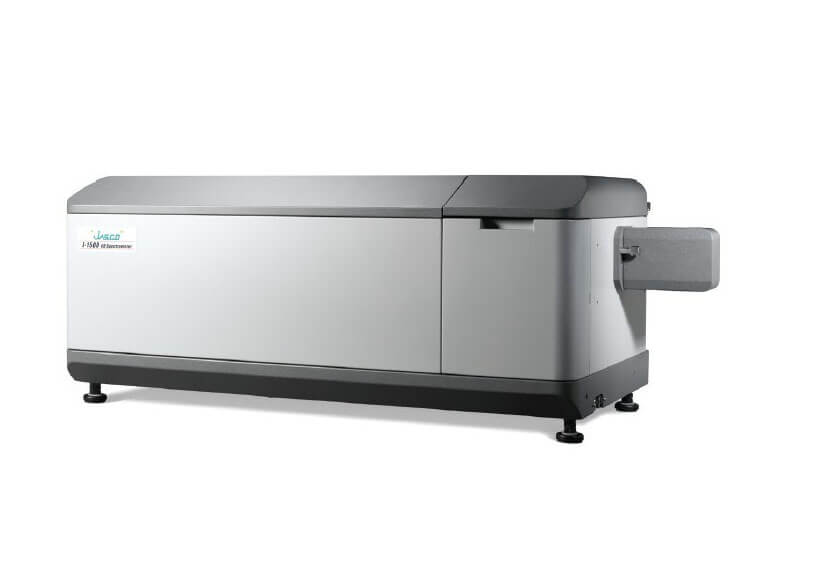
Benchtop X-ray diffraction (XRD) instrument Rigaku Miniflex 600
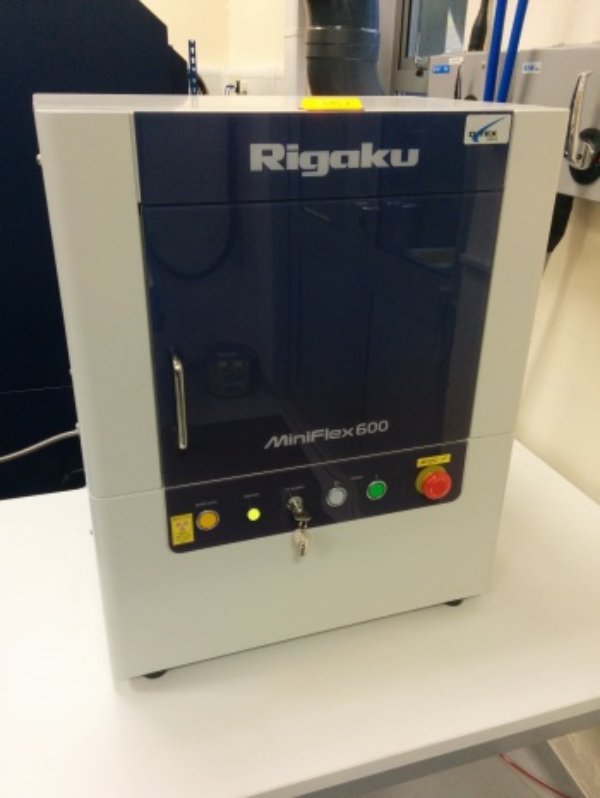
Measured: powder diffractograms, degree of amorphicity, phase composition.
Objects of research: powdery substances and polymer layers.
Additional features: indexing and definition of unit cell parameters.